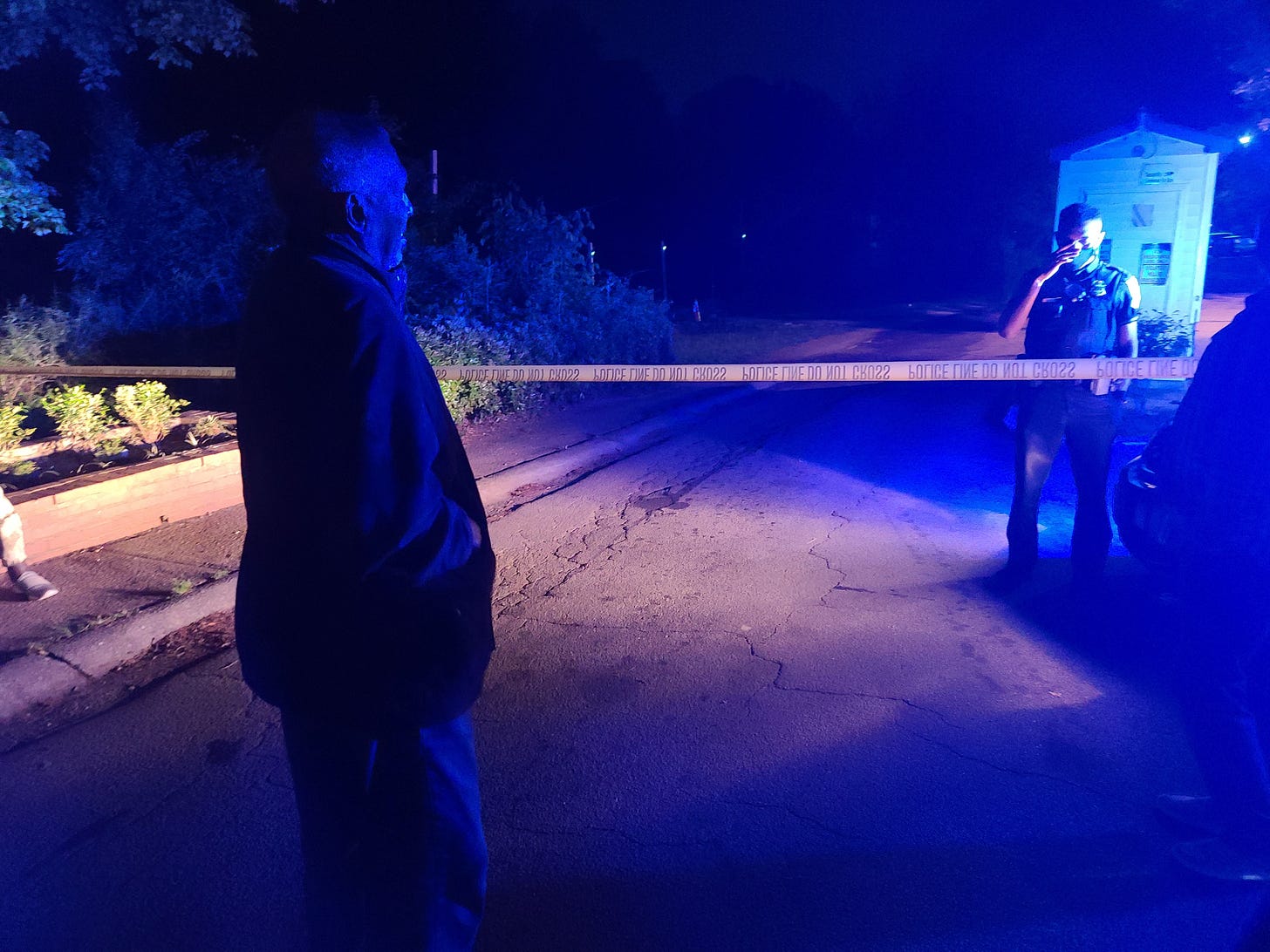Who Mourns The Dead of Brannon Hill
A mass murder occurred last night about a mile from my house. They won't call it such, because the dead are all poor and Black.
At midnight, Duale Ali stood begging at the gates. The yellow crime tape separated him from his home and his heart medication. The tape had been up for about four hours.
Last night, six people were shot at Brannon Hill, a condominium complex near Memorial Drive and Clarkston. At least three died. No one has yet been identified.
Police announced that an a…
Keep reading with a 7-day free trial
Subscribe to The Atlanta Objective with George Chidi to keep reading this post and get 7 days of free access to the full post archives.




